Injuries of Repetitive Efforts in Workers from the Poultry Meat Industry: A Bibliometric Analysis of Literature
Abstract
:1. Introduction
2. Materials and Methods
2.1. Methodological Framework
2.2. Intervention Instrument—Proknow-C
2.3. Selection of Bibliographic Portfolio (BP)
2.4. Bibliometric Analysis
3. Results and Discussion
4. Conclusions
Acknowledgments
Author Contributions
Conflicts of Interest
References
- López-Aragón, L.; López-Liria, R.; Callejón-Ferre, Á.-J.; Gómez-Galán, M. Applications of the Standardized Nordic Questionnaire: A Review. Sustainability 2017, 9, 1514. [Google Scholar] [CrossRef]
- Choobineh, A.R.; Daneshmandi, H.A.D.I.; Aghabeigi, M.; Haghayegh, A. Prevalence of musculoskeletal symptoms among employees of Iranian petrochemical industries: October 2009 to December 2012. Int. J. Occup. Environ. Med. 2013, 4, 195–204. [Google Scholar] [PubMed]
- Coluci, M.Z.O.; Alexandre, N.M.C. Psychometric properties evaluation of a new ergonomics-related job factors questionnaire developed for nursing workers. Appl. Ergon. 2014, 45, 1588–1596. [Google Scholar] [CrossRef] [PubMed]
- Govindu, N.K.; Babski-Reeves, K. Effects of personal, psychosocial and occupational factors on low back pain severity in workers. Int. J. Ind. Ergon. 2014, 44, 335–341. [Google Scholar] [CrossRef]
- Reis, P.F.; Moro, A.R.P. PREVENTING RSI/WRULD: Use of esthesiometry to assess hand tactile sensitivity of slaughterhouse workers. Work 2012, 41, 2556–2562. [Google Scholar] [PubMed]
- Reis, P.F.; Moro, A.R.P.; Vilagra, J.M.; Merino, E.A.D. Influence of gender on the prevalence of RSI/WLURD in meat-packing plants. Work 2012, 41, 4323–4329. [Google Scholar] [PubMed]
- Shaw, W.S.; Robertson, M.M.; McLellan, R.K.; Verma, S.; Pransky, G. A controlled case study of supervisor training to optimize response to injury in the food processing industry. Work 2006, 26, 107–114. [Google Scholar] [PubMed]
- Grzywacz, J.G.; Arcury, T.A.; Marín, A.; Carrillo, L.; Coates, M.L.; Burke, B.; Quandt, S.A. The organization of work: Implications for injury and illness among immigrant Latino poultry-processing workers. Arch. Environ. Occup. Health 2007, 62, 19–26. [Google Scholar] [CrossRef] [PubMed]
- Jonga, A.M.; Vink, P. Participatory ergonomics applied in installation work. Appl. Ergon. 2002, 33, 439–448. [Google Scholar] [CrossRef]
- Marín, A.; Carrillo, L.; Arcury, T.A.; Grzywacz, J.G.; Coates, M.L.; Quandt, S.A. Ethnographic evaluation of a lay health promoter program to reduce occupational injuries among Latino poultry processing workers. Public Health Rep. 2009, 124, 36–43. [Google Scholar] [CrossRef] [PubMed]
- Idoro, G.I. Health and safety management efforts as correlates of performance in the Nigerian construction industry. J. Civ. Eng. Manag. 2008, 14, 277–285. [Google Scholar] [CrossRef]
- Mohamed, S. Scorecard approach to benchmarking organizational safety culture in construction. J. Constr. Eng. Manag. 2003, 129, 80–88. [Google Scholar] [CrossRef]
- Kaminski, M. Unintended consequences: Organizational practices and their impact on workplace safety and productivity. J. Occup. Health Psychol. 2001, 6, 127–138. [Google Scholar] [CrossRef] [PubMed]
- DeArmond, S.; Huang, Y.H.; Chen, P.Y.; Courtney, T.K. Corporate financial decision makers’ perceptions of their company’s safety performance, programs and personnel: Do company size and industry injury risk matter? Work 2010, 37, 3–13. [Google Scholar] [PubMed]
- Cunningham, I.; Philip, J.; Pauline, D. Bridging the gap between rhetoric and reality: line managers and the protection of job security for ill workers in the modern workplace. Br. J. Manag. 2004, 15, 273–290. [Google Scholar] [CrossRef]
- Christensen, H.; Sogaard, K.; Pilegaard, M.; Olsen, H.B. The importance of the work/rest pattern as a risk factor in repetitive monotonous work. Int. J. Ind. Ergon. 2000, 25, 367–373. [Google Scholar] [CrossRef]
- McGorry, R.W.; Dowd, P.C.; Dempsey, P.G. Cutting moments and grip forces in meat cutting operations and the effect of knife sharpness. Appl. Ergon. 2003, 34, 375–382. [Google Scholar] [CrossRef]
- Askenazy, P. Innovative workplace practices and occupational injuries and illnesses in the United States. Econ. Ind. Democr. 2001, 22, 485–516. [Google Scholar] [CrossRef]
- Jones, T.; Kumar, S. Comparison of ergonomic risk assessments in a repetitive high-risk sawmill occupation: Saw-filer. Int. J. Ind. Ergon. 2007, 37, 744–753. [Google Scholar] [CrossRef]
- Jung, H.S.; Jung, H.S. Establishment of overall workload assessment technique for various tasks and workplaces. Int. J. Ind. Ergon. 2001, 28, 341–353. [Google Scholar] [CrossRef]
- Ensslin, L.; Ensslin, S.R. Orientações para elaboração dos artigos científicos do LabMCDA-C. In Apostila da Disciplina Avaliação de Desempenho do Programa de Pós-Graduação em Engenharia de Produção da Universidade Federal de Santa Catarina; Universidade Federal de Santa Catarina: Florianópolis, Brazil, 2007. [Google Scholar]
- Ensslin, L.; Lacerda, R.T.O.; Tasca, J.E. ProKnow-C, Knowledge Development Process-Constructivist. Processo Técnico com Patente de Registro Junto ao INPI; Instituto Nacional da Propriedade Industrial (INPI): Rio de Janeiro, Brazil, 2010; Volume 10. [Google Scholar]
- Della Bruna Junior, E.; Ensslin, L.; Ensslin, S.R. Seleção e análise de um portfólio de artigos sobre avaliação de desempenho na cadeia de suprimentos. Gest. Prod. Oper. Sist. 2012, 7, 113–125. [Google Scholar]
- Richardson, R.J. Pesquisa Social: Métodos e Técnicas, 4rd ed.; Atlas: São Paulo, Brazil, 2017; p. 424. ISBN 9788597013832. [Google Scholar]
- Rosa, F.S.; Ensslin, S.R.; Ensslin, L.; Lunkes, R.J. Environmental disclosure management: A constructivist case. Manag. Decis. 2012, 50, 1117–1136. [Google Scholar] [CrossRef]
- De Oliveira, C.C.; Moro, A.R.P.; Ulbricht, L.; Belinelli, M.; de Souza, G.F.; Gabriel, M.; Zattar, I.C. Ergonomic evaluation of workload by milk production—A bibliometric analysis. Ann. Agric. Environ. Med. 2017, 24, 376–382. [Google Scholar] [CrossRef] [PubMed]
- Afonso, M.H.F.; Souza, J.V.; Ensslin, S.R.; Ensslin, L. Como construir conhecimento sobre o tema de pesquisa? Aplicação do processo ProKnow-C na busca de literatura sobre avaliação do desenvolvimento sustentável. Rev. Gest. Soc. Ambient. 2012, 5, 47–62. [Google Scholar] [CrossRef]
- Lacerda, R.T.O.; Ensslin, L.; Ensslin, S.R. Uma análise bibliométrica da literatura sobre estratégia e avaliação de desempenho. Gest. Prod. 2012, 19, 59–78. [Google Scholar] [CrossRef]
- Lacerda, R.T.O.; Ensslin, L.; Ensslin, S.R. Contribuições à gestão estratégica de organizações quando analisados na visão de seu desempenho. GESTÃO Org-Rev. Eletrôn. Gestão Organ. 2011, 9, 327–362. [Google Scholar]
- Rosa, F.S.; Ensslin, S.R.; Ensslin, L.; Lunkes, R.J. Gestão da evidenciação ambiental: Um estudo sobre as potencialidades e oportunidades do tema. Eng. Sanit. Ambient. 2011, 16, 157–166. [Google Scholar] [CrossRef]
- Azevedo, R.C.; Ensslin, L.; Lacerda, R.T.O.; França, L.A.; González, C.J.I.; Jungles, A.E.; Ensslin, S.R. Avaliação de desempenho do processo de orçamento: Estudo de caso em uma obra de construção civil. Ambient. Constr. (Online) Porto Alegre 2011, 11, 85–104. [Google Scholar] [CrossRef]
- Tasca, J.E.; Ensslin, L.; Ensslin, S.R.; Alves, M.B.M. An approach for selecting a theoretical framework for the evaluation of training programs. J. Eur. Ind. Train. 2010, 34, 631–655. [Google Scholar] [CrossRef]
- Ensslin, L.; Ensslin, S.R.; Pacheco, G.C. Um estudo sobre segurança em estádios de futebol baseado na análise bibliométrica da literatura internacional. Perspect. Ciênc. Inf. 2012, 17, 71–91. [Google Scholar] [CrossRef]
- Bortoluzzi, S.C.; Ensslin, S.R.; Ensslin, L.; Valmorbida, S.M.I. Avaliação de Desempenho em Redes de Pequenas e Médias Empresas: Estado da arte para as delimitações postas pelo pesquisador. Rev. Estratég. Negóc. 2011, 4, 202–222. [Google Scholar] [CrossRef]
- Rojas-Sola, J.I.; Jordá-Albiñana, B. Análisis bibliométrico de las publicaciones Venezolanas en la categoría ciencias de la computación en la base de datos JCR (1997–2007). Intercienc. Rev. Cienc. Tecnol. Am. 2009, 34, 689–695. [Google Scholar]
- Ensslin, L.; Ensslin, S.R.; Pinto, H.M. Processo de Investigação e Análise Bibliométrica: Avaliação da Qualidade dos Serviços Bancários. Rev. Adm. Contemp. 2013, 17, 325–349. [Google Scholar] [CrossRef]
- Chaves, L.C.; Ensslin, L.; Ensslin, S.R.; Valmorbida, S.M.I.; Rosa, F.S. Sistemas de apoio à decisão: Mapeamento e análise de conteúdo. Rev. Eletrôn. Ciênc. Adm. (RECADM) 2013, 12, 6–22. [Google Scholar] [CrossRef]
- Lacerda, R.T.O.; Ensslin, L.; Ensslin, S.R. A performance measurement framework in portfolio management: A constructivist case. Manag. Decis. 2001, 49, 648–668. [Google Scholar] [CrossRef]
- Dahlberg, R.; Karlqvist, L.; Bildt, C.; Nykvist, K. Do work technique and musculoskeletal symptoms differ between men and women performing the same type of work tasks? Appl. Ergon. 2004, 35, 521–529. [Google Scholar] [CrossRef] [PubMed]
- Holmström, E.; Engholm, G. Musculoskeletal disorders in relation to age and occupation in Swedish construction workers. Am. J. Ind. Med. 2003, 44, 377–384. [Google Scholar] [CrossRef] [PubMed]
- Mokarami, H.; Mortazavi, S.B.; Asgari, A.; Choobineh, A.; Stallones, L. Multiple dimensions of work-related risk factors and their relationship to work ability among industrial workers in Iran. Int. J. Occup. Saf. Ergon. 2017, 23, 374–379. [Google Scholar] [CrossRef] [PubMed]
- Montibeller, G.; Winterfeldt, D. Cognitive and motivational biases in decision and risk analysis. Risk Anal. 2015, 35, 1230–1251. [Google Scholar] [CrossRef] [PubMed]
- Komljenovic, D.; Loiselle, G.; Kumral, M. Organization: A new focus on mine safety improvement in a complex operational and business environment. Int. J. Min. Sci. Technol. 2017, 27, 617–625. [Google Scholar] [CrossRef]
- Khandan, M.; Nili, M.; Koohpaei, A.; Mosaferchi, S. Integrating the Ergonomics Techniques with Multi Criteria Decision Making as a New Approach for Risk Management: An Assessment of Repetitive Tasks-Entropy Case Study. J. Res. Health Sci. 2016, 16, 85–89. [Google Scholar] [PubMed]
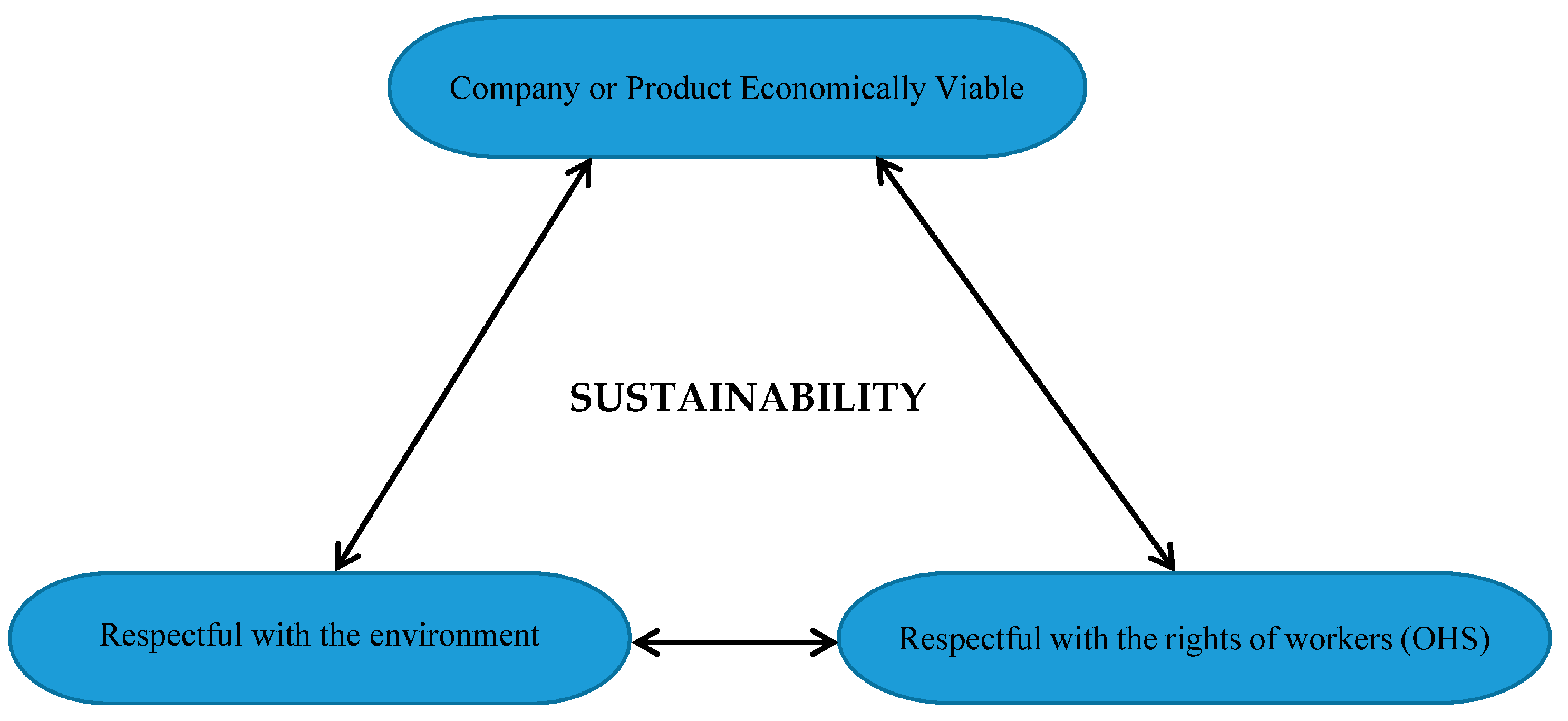
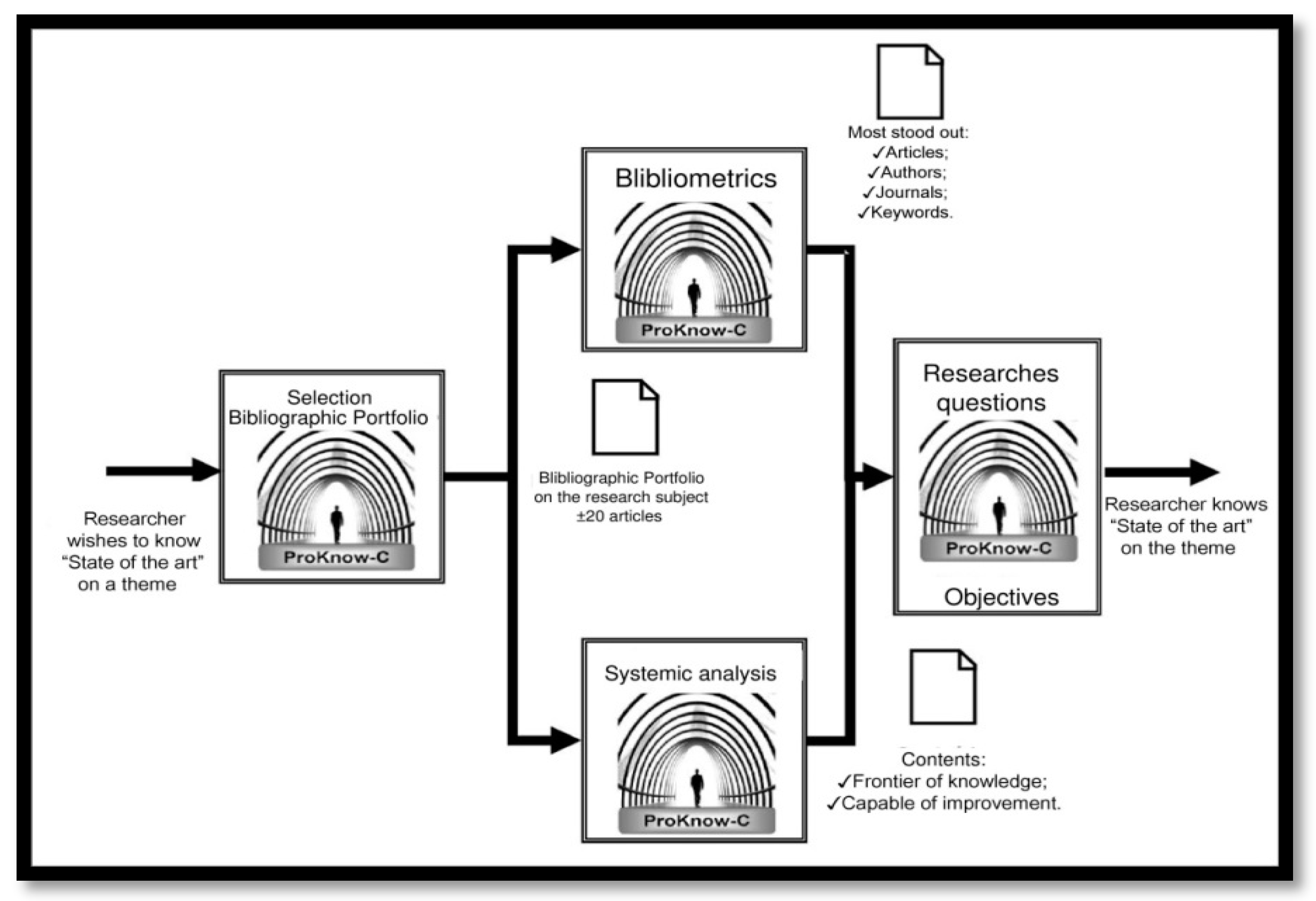
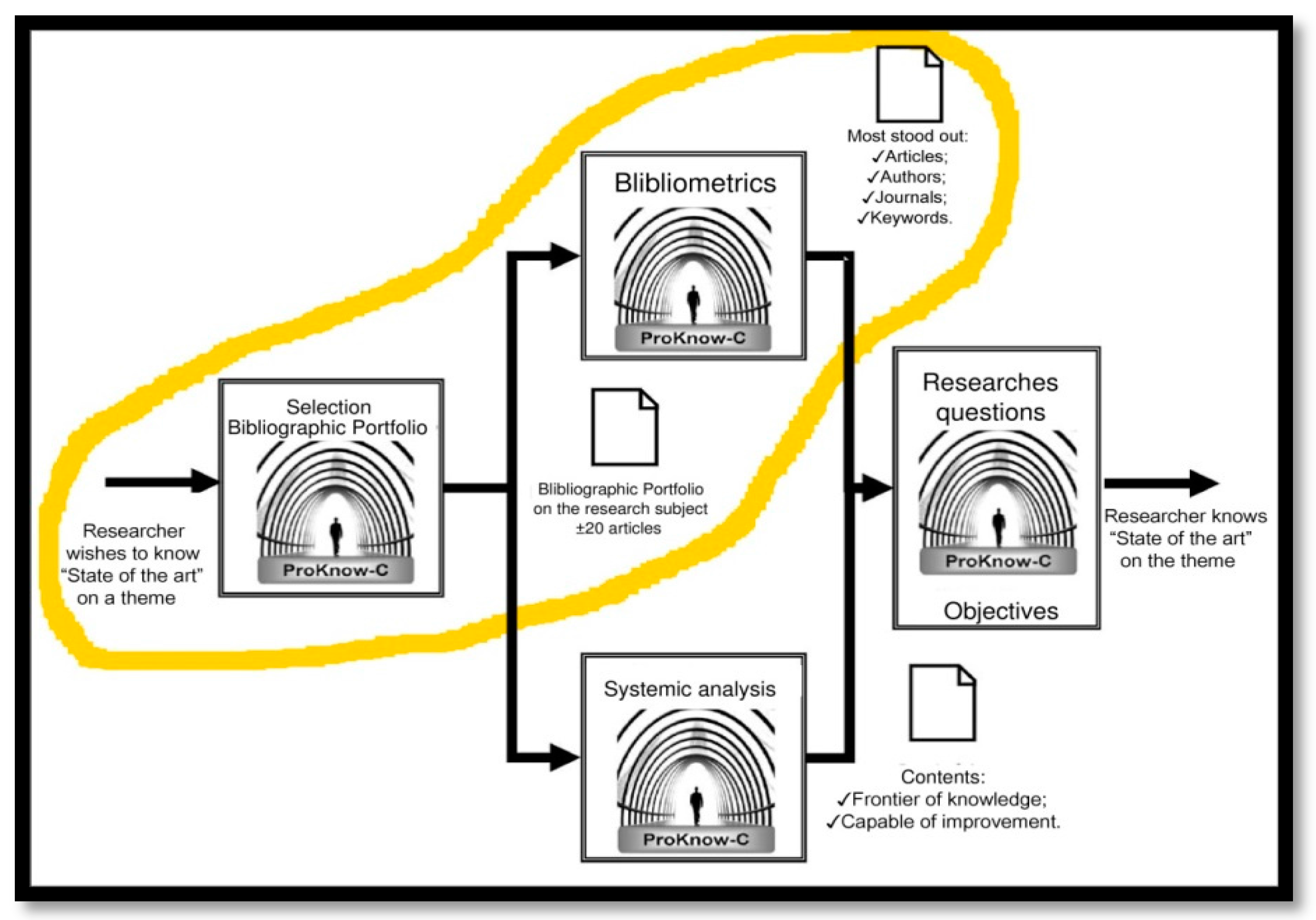
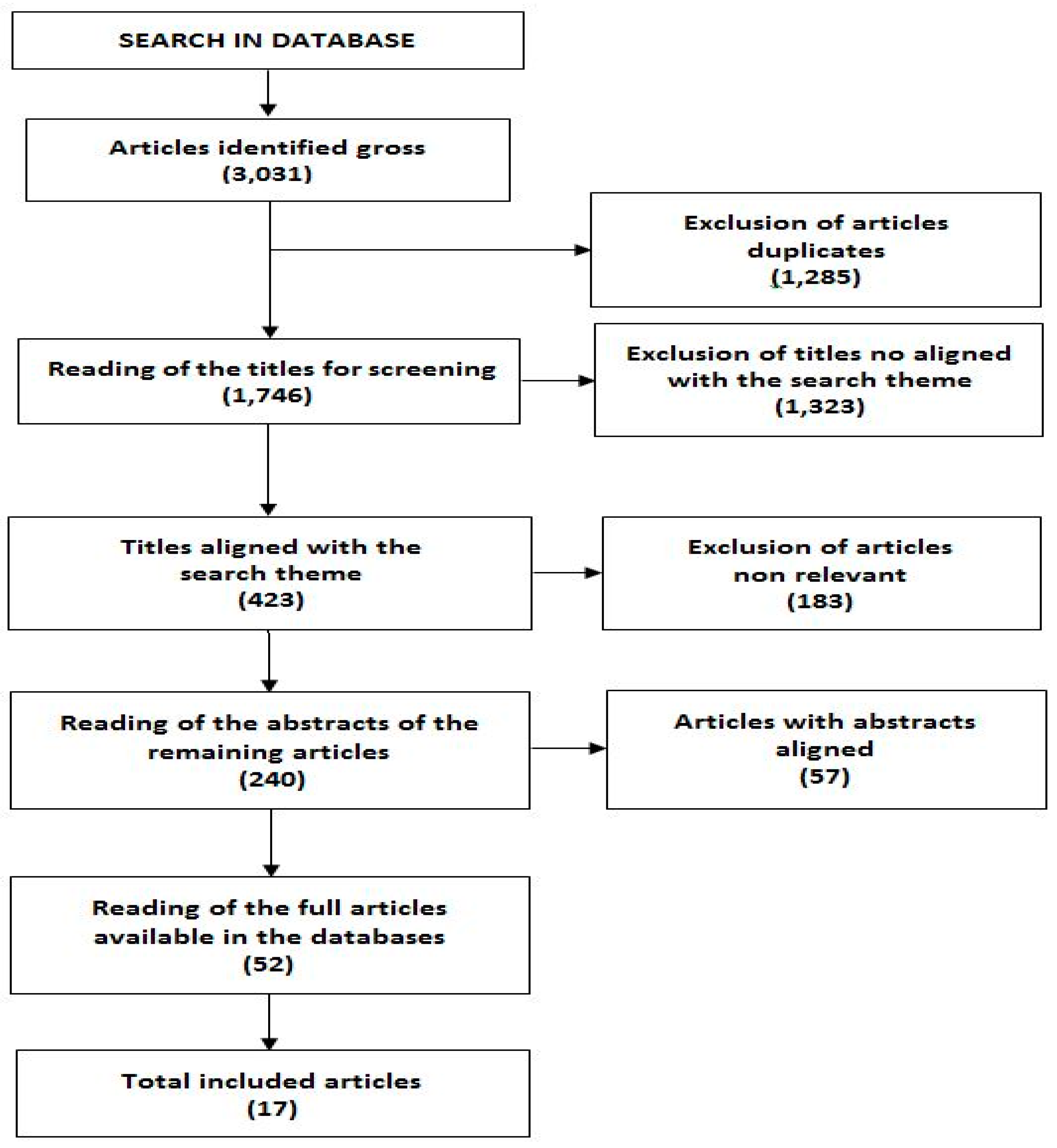
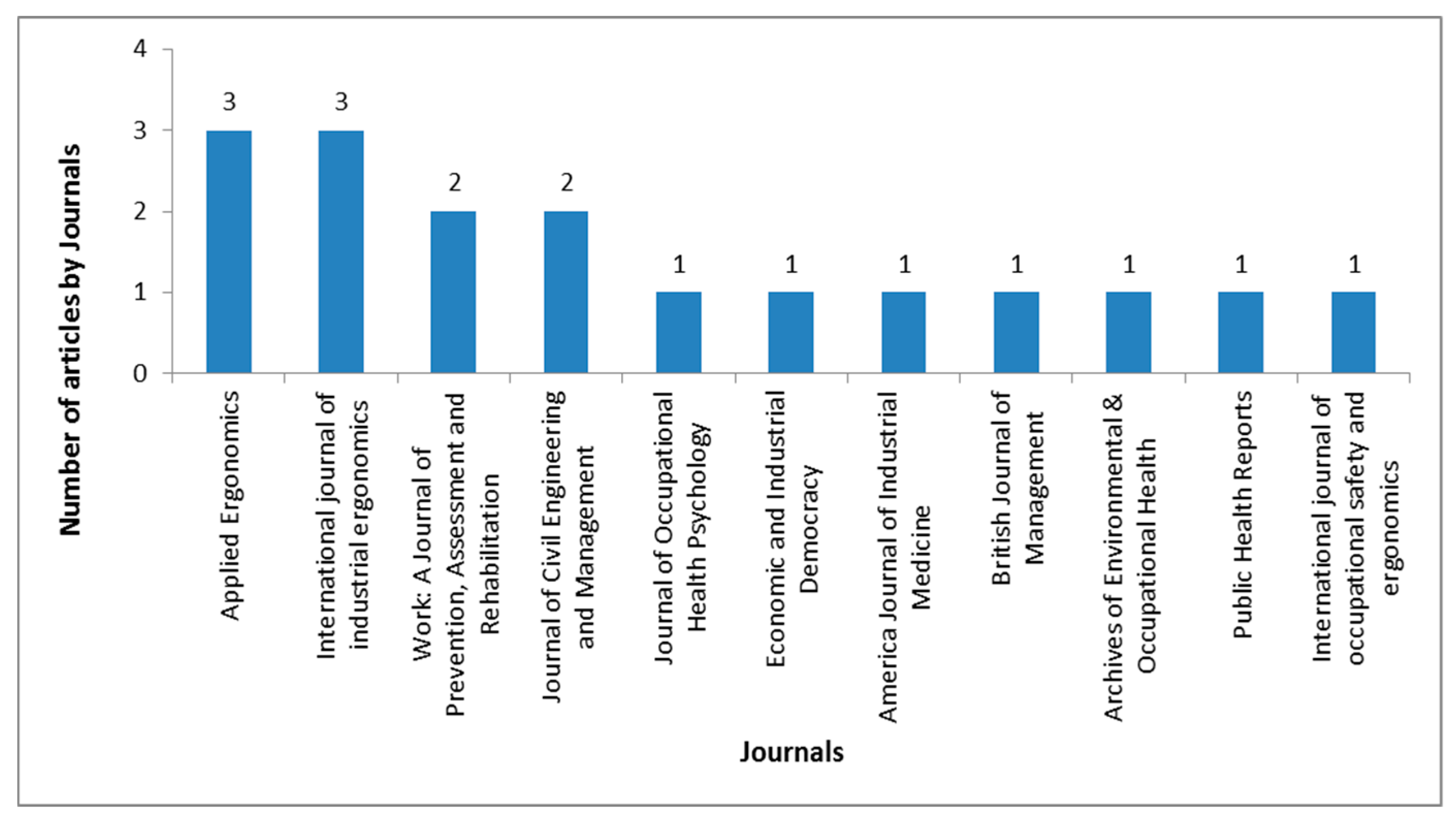
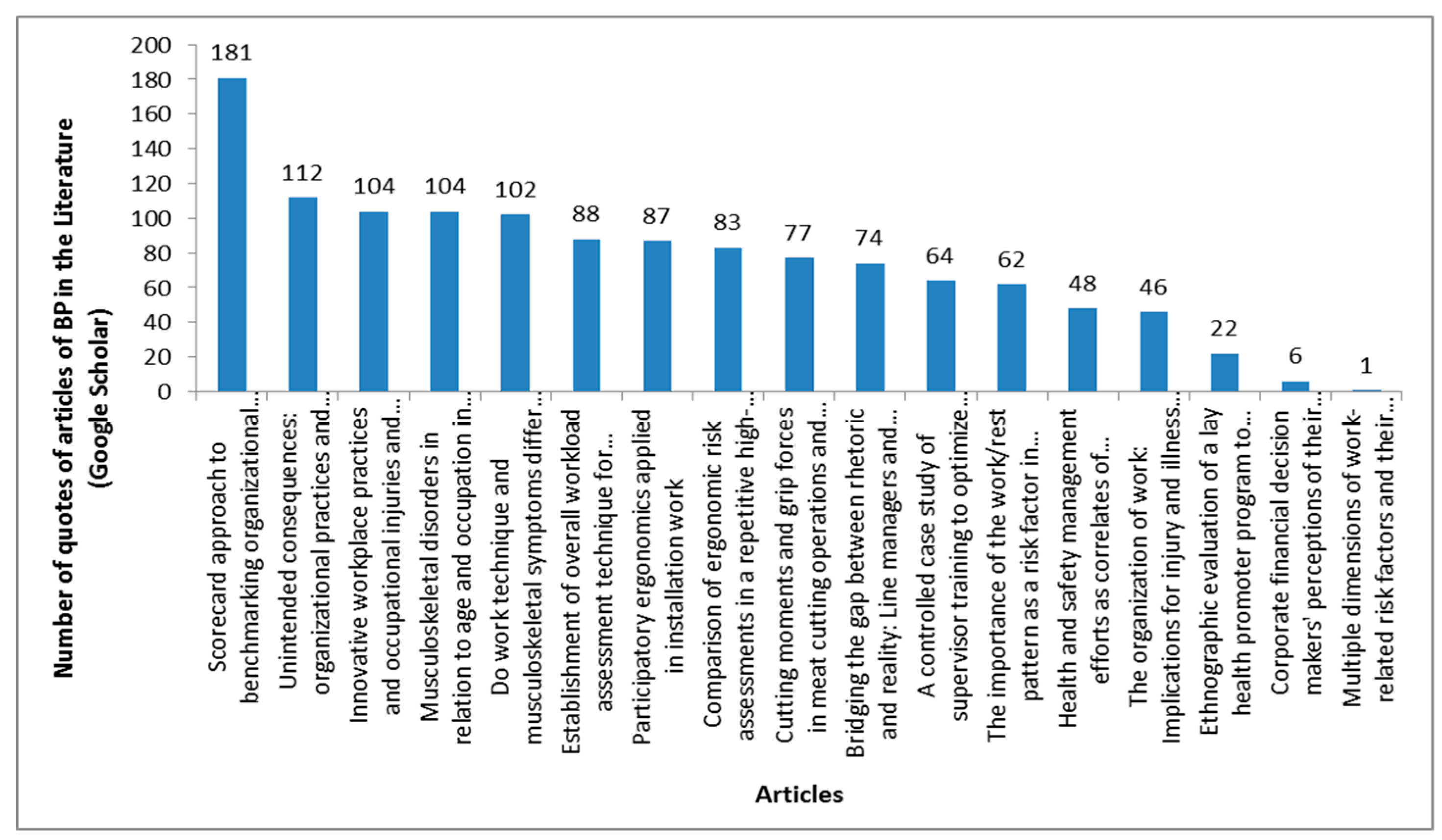
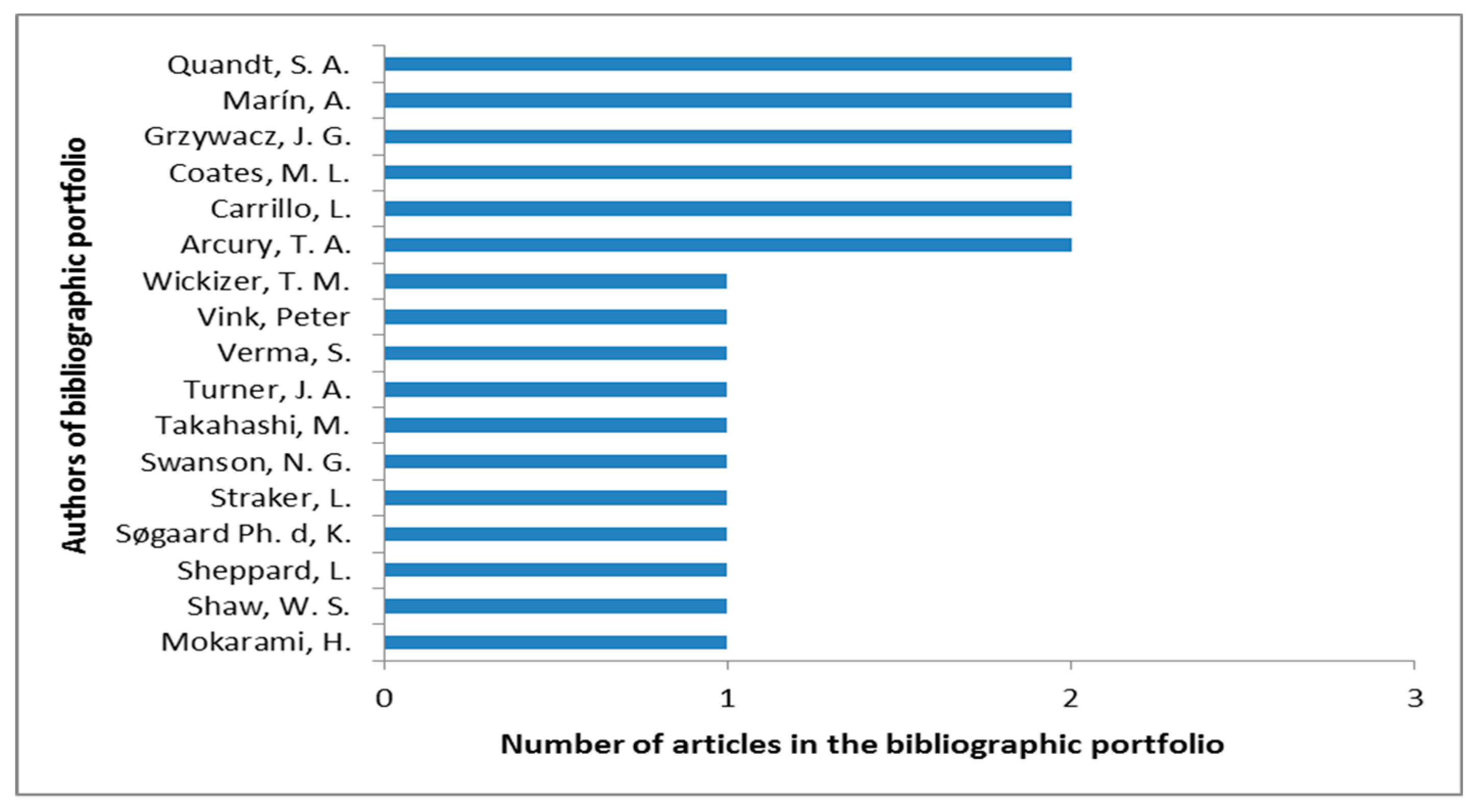
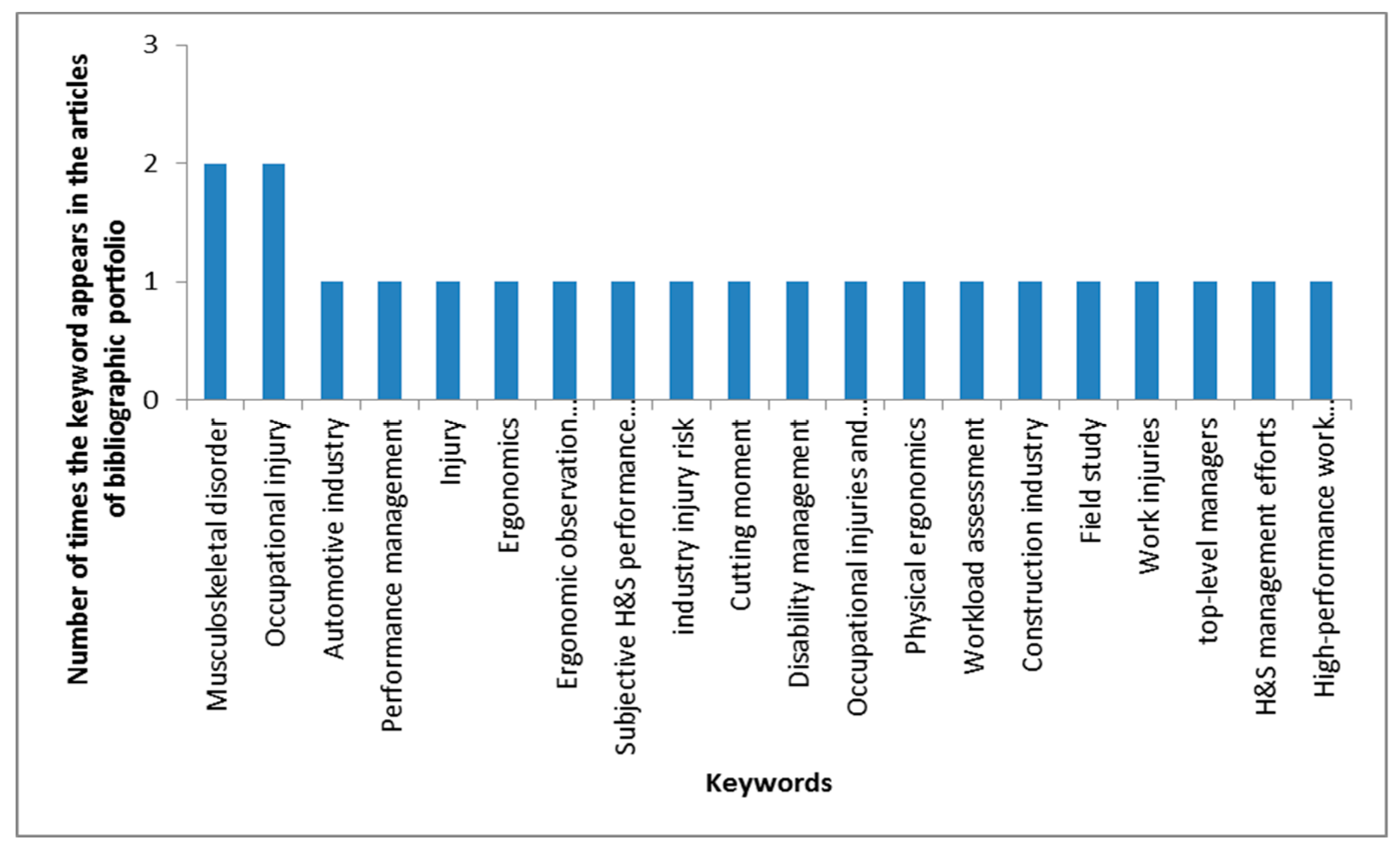
| Authors | Study Location | Year | Outcomes Main |
|---|---|---|---|
| M. Kaminski [13] | United States | 2001 |
|
| P. Askenazy [18] | United States | 2001 |
|
| R. Dahlberg et al. [39] | Sweden | 2004 |
|
| E. Holmström and G. Engholm [40] | Sweden | 2003 |
|
| I. Cunningham et al. [15] | UK | 2004 |
|
| H. S. Jung and H.-S. Jung [20] | Korea | 2001 |
|
| R. W. McGorry et al. [17] | New Zealand | 2003 |
|
| H. Christensen et al. [16] | Denmark | 2000 |
|
| T. Jones and S. Kumar [19] | Canada | 2007 |
|
| W. S. Shaw et al. [7] | United States | 2006 |
|
| J. G. Grzywacz et al. [8] | United States | 2007 |
|
| G. I. Idoro [11] | Nigeria | 2008 |
|
| A. Marín et al. [10] | United States | 2009 |
|
| S. DeArmond et al. [14] | United States | 2010 |
|
| S. Mohamed [12] | Australia | 2003 |
|
| A. M. Jong and P. Vink [9] | Netherlands | 2002 |
|
| Mokarami, H. et al. [41] | Irã | 2017 |
|
© 2018 by the authors. Licensee MDPI, Basel, Switzerland. This article is an open access article distributed under the terms and conditions of the Creative Commons Attribution (CC BY) license (http://creativecommons.org/licenses/by/4.0/).
Share and Cite
Pinto, A.C.C.S.; Silva, D.A.S.; Ensslin, L.; Reis, P.F.; Vilagra, J.M.; Vergara, L.G.L.; Moro, A.R.P. Injuries of Repetitive Efforts in Workers from the Poultry Meat Industry: A Bibliometric Analysis of Literature. Sustainability 2018, 10, 250. https://doi.org/10.3390/su10010250
Pinto ACCS, Silva DAS, Ensslin L, Reis PF, Vilagra JM, Vergara LGL, Moro ARP. Injuries of Repetitive Efforts in Workers from the Poultry Meat Industry: A Bibliometric Analysis of Literature. Sustainability. 2018; 10(1):250. https://doi.org/10.3390/su10010250
Chicago/Turabian StylePinto, Alexandre Crespo Coelho S., Diego Augusto Santos Silva, Leonardo Ensslin, Pedro Ferreira Reis, José Mohamud Vilagra, Lizandra G. Lupi Vergara, and Antônio R. Pereira Moro. 2018. "Injuries of Repetitive Efforts in Workers from the Poultry Meat Industry: A Bibliometric Analysis of Literature" Sustainability 10, no. 1: 250. https://doi.org/10.3390/su10010250
APA StylePinto, A. C. C. S., Silva, D. A. S., Ensslin, L., Reis, P. F., Vilagra, J. M., Vergara, L. G. L., & Moro, A. R. P. (2018). Injuries of Repetitive Efforts in Workers from the Poultry Meat Industry: A Bibliometric Analysis of Literature. Sustainability, 10(1), 250. https://doi.org/10.3390/su10010250





